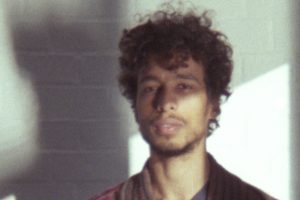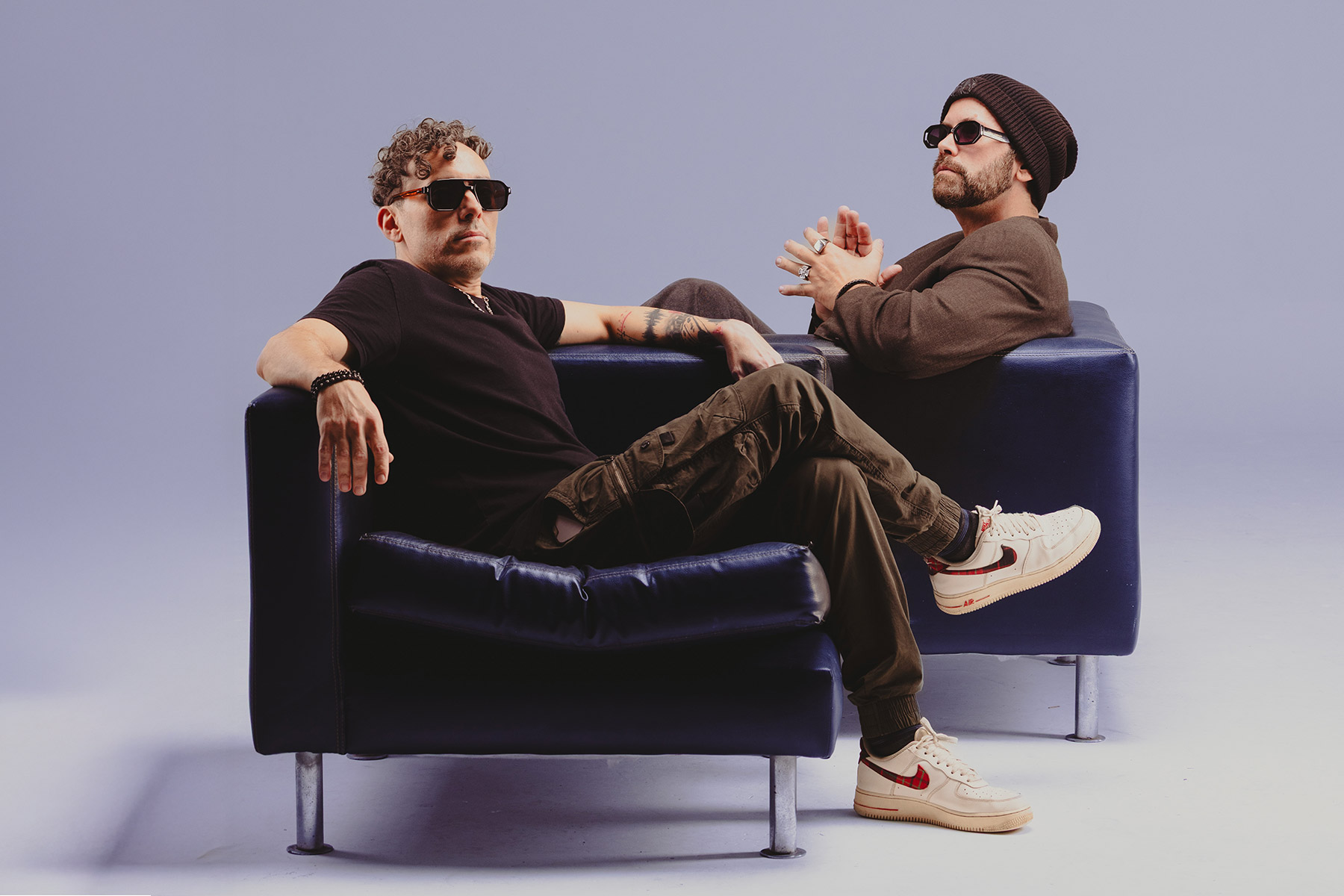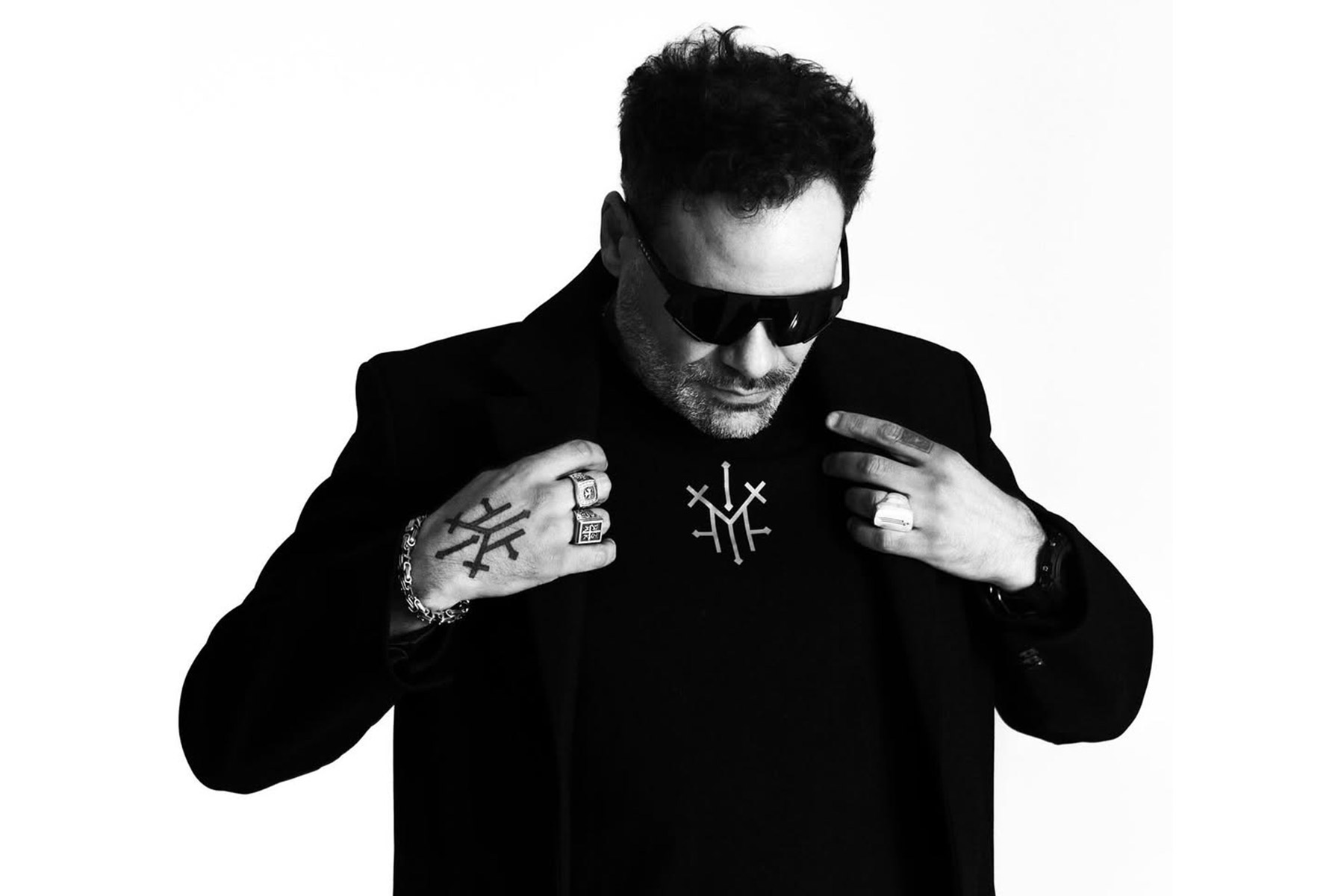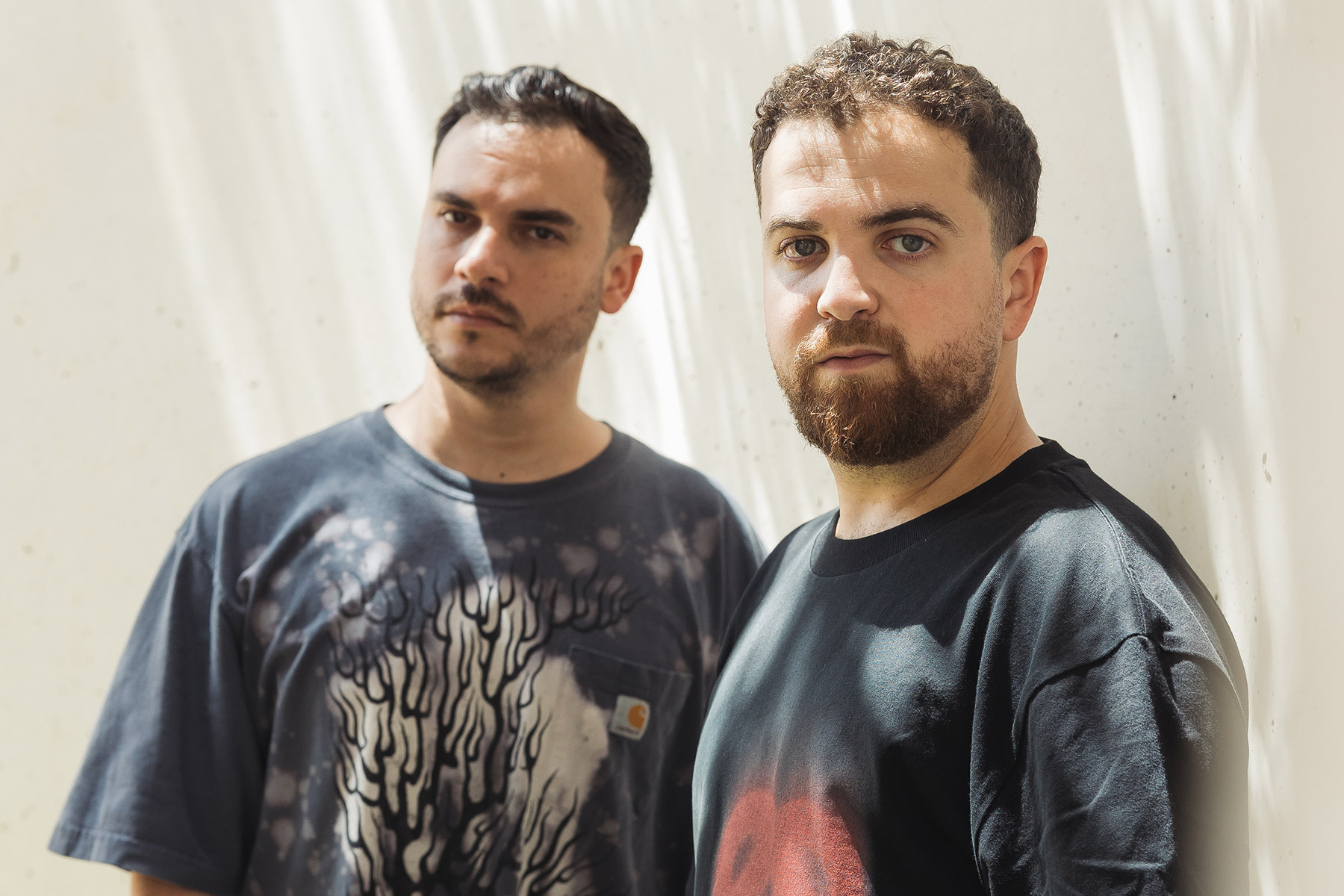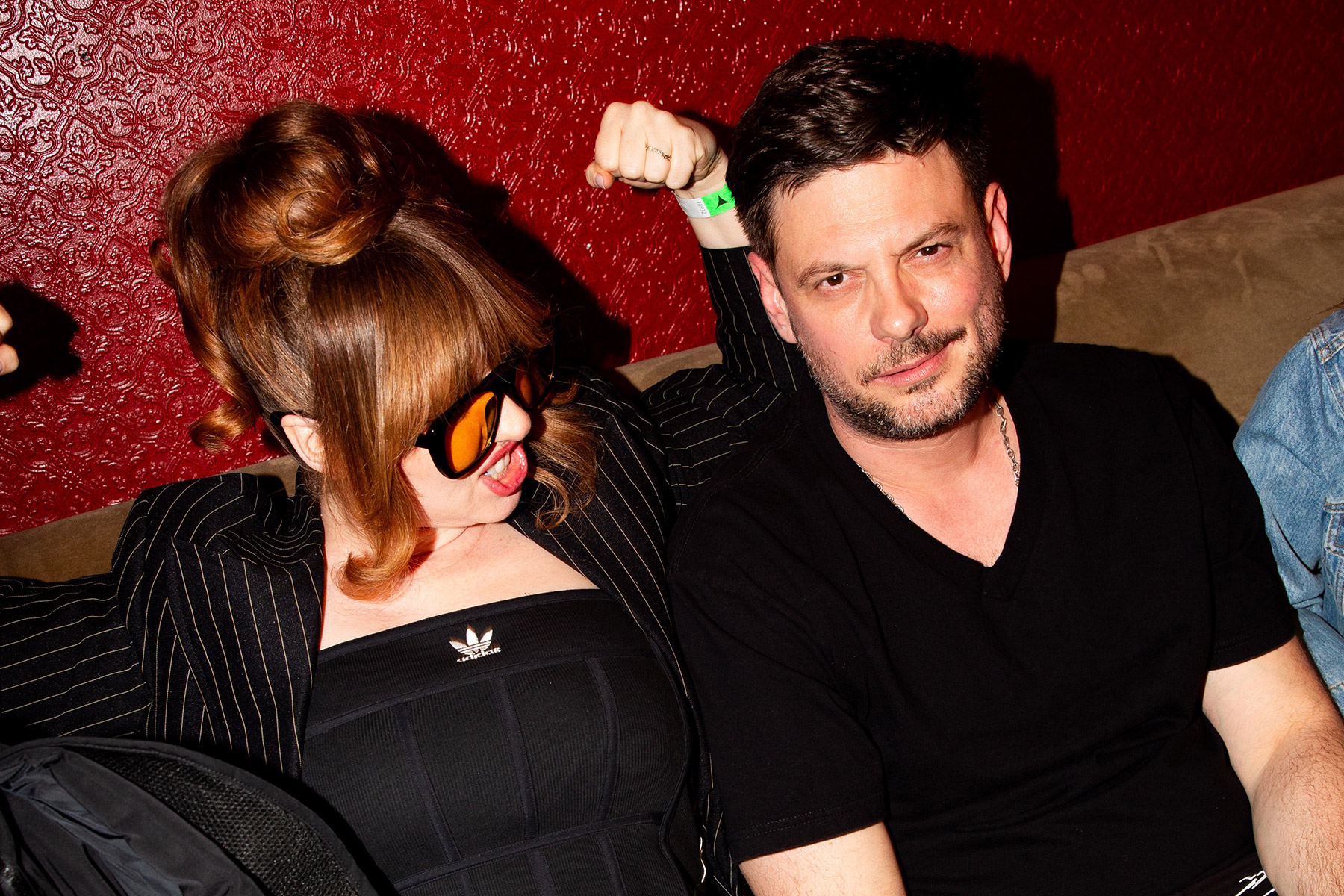Tarik Barri is a traveller in audiovisual space. He creates a synaesthetic universe in which you listen to the light and watch the sound.
Photo Credit: Lea Fabrikant
As a master of audiovisual performance, he looks to create new synergies and aesthetics in the combination of image and sound creating audiovisual performances, installations, video and most recently live visuals for artists like Thom Yorke, Monolake and Nicolas Jaar.
Ahead of Ableton’s Loop Summit, we had the chance to ask him a few questions about his work and in particular his latest software “Versum” where he takes the audience on a mind-bending journey through ever-evolving constellations, shapes and patterns.
Electronic Groove: Hi Tarik, it’s a pleasure to chat with you. Can you give us some background on how you got involved in the production of audiovisuals?
Tarik Barri: Hello guys! Audiovisuals production was something that came from my need to literally look at music-making in a different perspective. During my study in Music and Technology in the Netherlands I felt that I wanted to visually represent my music in different ways than regular music software could do. By representing in different ways, new ways of thinking about the music could be stimulated. What if music isn’t simply depicted as playing notes from left to right? What if you could read and create music from right to left? And up to down? And then diagonally for a bit and then back around? Or in 3D?
Electronic Groove: How do you see visuals and music working together? Is there a dependence between them?
Tarik Barri: To my ears that question is in many ways similar to “How do you see guitars and drums working together?”. For me it’s obvious that any two instruments playing simultaneously in time, whether visual or sonic, will have a connection. This connection arises by virtue of them being received in the same brain, and our brain can’t help but connect stuff, especially if they happen simultaneously. Sound provides a context for the visuals and vice versa. Now how this connection works precisely, and how or if an artist should approach this domain, is inherently fuzzy territory that can’t be pinned down. Similar to how any precise definition or guideline of how guitars and drums should work together would be too narrow.
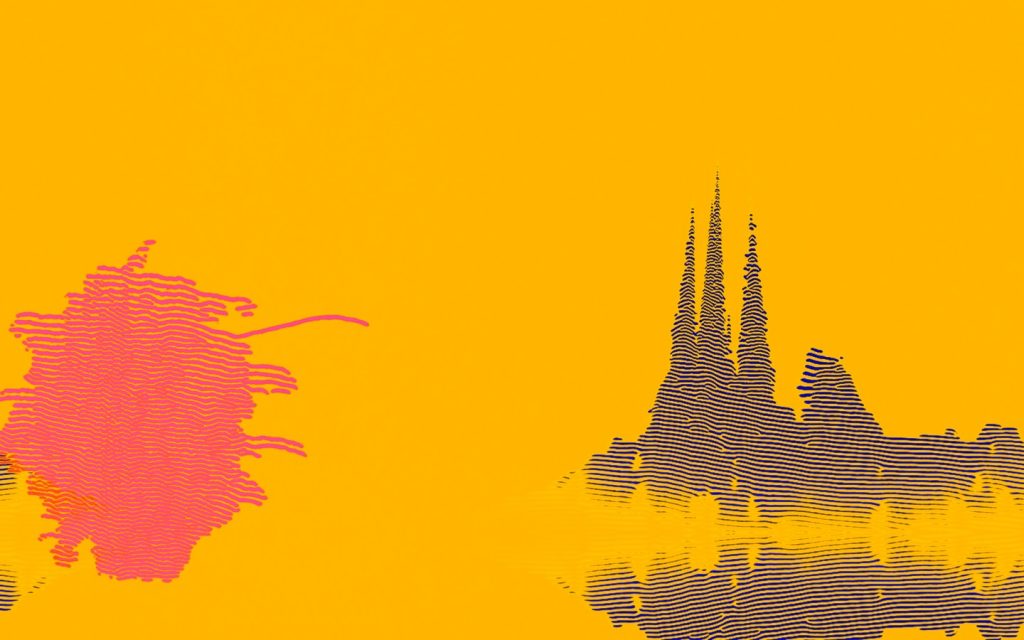
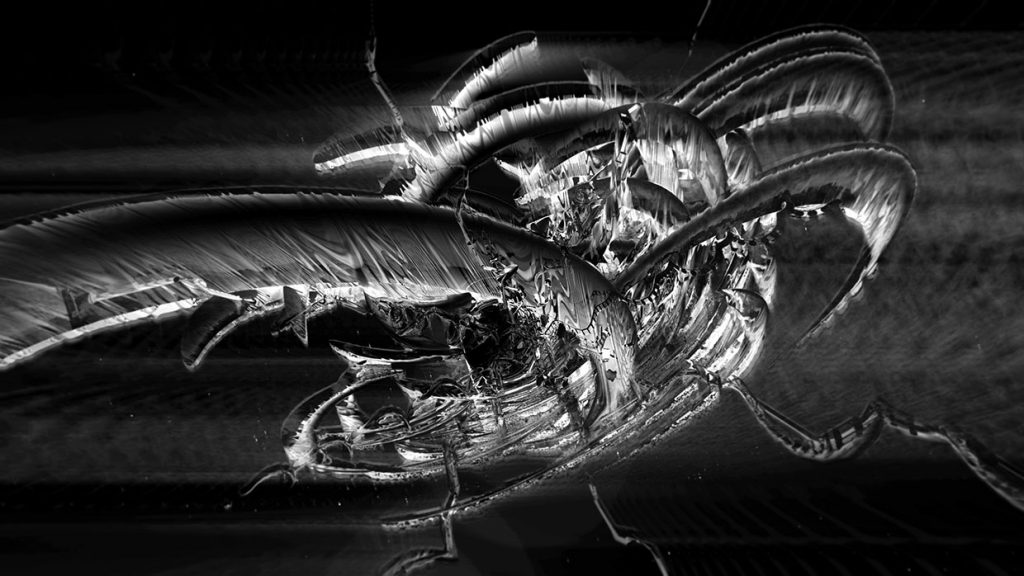
Electronic Groove: You occasionally also work with Thom Yorke from Radiohead. Can you tell us a bit about how did you get in contact with him and how’s the experience of working together?
Tarik Barri:
I knew I wanted to work with him but knew also that everybody else did so I let it rest. But after a friend encouraged me, saying I may have a shot, I asked around if any of my professional contacts had connections to him. One thing led to another until I found myself at a Radiohead afterparty showing Andi Watson (who does Radioheads stage design) my realtime visuals. Enthusiastically he exclaimed “Hold on, Thom needs to see this!”, and while I was still wondering which Thom he could be talking about, there was Mr. Yorke twiddling the knobs of my midi controller and asking all about the software.
Since the get-go he really understood the nature of my work, live and and improvised, so naturally it made sense for me to take part in their rehearsals. As Thom and Nigel (Godrich) were figuring out how to construct and play their songs, I was figuring out how to construct and play my visuals. Along the way we figured out how to respond to each other’s work also. All this involved a lot of spontaneous decisions and happy accidents as slowly a coherent audiovisual live set emerged. To summarize: it’s a very unrestricted, open and synergetic collaboration and I’m very happy to be part of it.
“All of this happens in real-time, which is very important to me because it adds a type of unpredictability and excitement, which for me is very much a vital part of the ‘Live’ experience”
Electronic Groove: You are performing “Versum” at Ableton’s Loop event in Berlin? What’s the concept and inspiration behind it?
Tarik Barri: Versum is actually the name of the audiovisual software I’ve been developing in the last 8 years. I create my Live visuals with it, but I also create music. So apart from creating visuals with other artists, I also use the software to do Solo-Performances where both sound and visuals come from Versum.
All visuals and sounds on it are placed in a virtual 3D space, it’s basically a 3D music sequencer. During my performances I fly past pulsating stars, explosions, static light-and-sound-fields, and the flight path I choose determines the music you hear, as every visual object creates sounds, and every sound is visual. All of this in combination produces more complex rhythms and melodies: they form actual audiovisual “tracks” and compositions.
All of this happens in real-time, which is very important to me because it adds a type of unpredictability and excitement, which for me is very much a vital part of the ‘Live’ experience.

Electronic Groove: Will this be the first time doing “Versum”?
Tarik Barri: It is going to be the third time in it’s newest incarnation in which I’ve fundamentally changed major aspects of both, visuals and sounds. But it will definitely premiere all-new audiovisual compositions.
Electronic Groove: When you perform live or do visuals for other artists in Live shows, how does the process come together? Is it all pre-built or do you go with the flow?
Tarik Barri: Like with Thom Yorke, my experiences with both Robert Henke and Paul Jebanasam, who I’m currently working with, are very much about that ‘flow’ indeed. Concepts and plans are great to get things going and define which territory to explore, but I find it equally important to know when to forget those concepts and just go with what ‘feels right’. That frees up the space needed for my work to transcend my understanding, which is where things become really exciting.
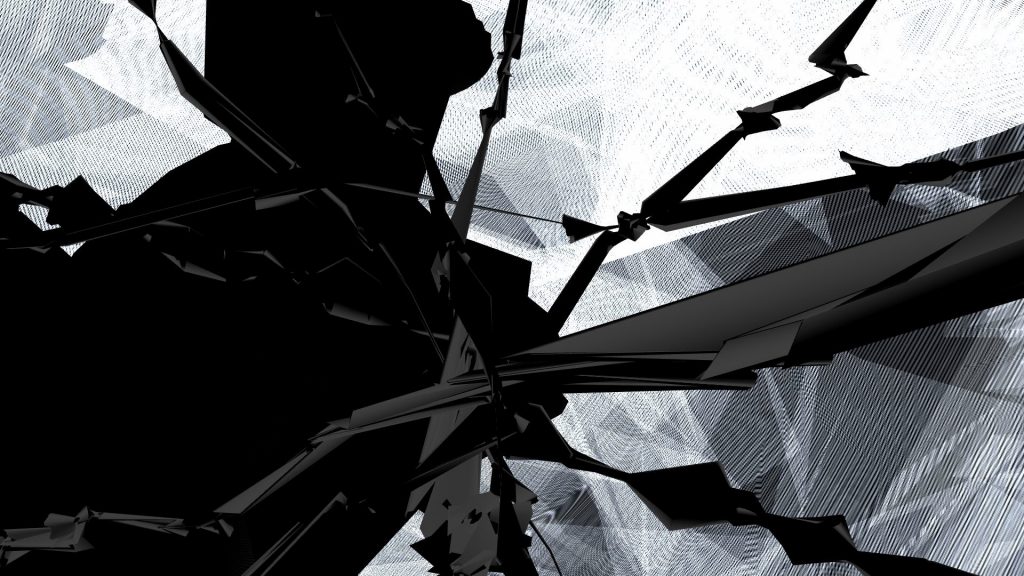
Electronic Groove: What does your studio gear consist of and how does Ableton incorporate into it?
Tarik Barri: For controlling my movements in 3D space I use a 3D joystick called the Space Navigator. Lately, I’ve also been experimenting using the MiMu Gloves to navigate and control software in a way that feels more expressive. Also I use the Behringer BCF2000 midi controller.
Ableton Live is very central to Versum as it functions both as a sound engine, producing all of Versum’s audio, and as an interface which I use to create melodies/midi patterns, which are uploaded to and stored in my software. All of this I’ll properly get into during the presentation. Key to all of this interactivity though is the magic of Max for Live, which has opened up an amazing number of doors to revolutionary uses of Ableton that differ greatly from the standard paradigms that we’re used to.
Electronic Groove: What is your favourite piece of equipment?
Tarik Barri: I don’t want to be corny, but this is the only answer I can give: my brain, my eyes and my ears. All else is replaceable in the end.
Electronic Groove: Do you have any other shows or performances for the rest of the year?
Tarik Barri: With Paul Jebanasam there’s still some performances coming up with our Continuum Live Av show. My solo work is very fresh and relatively unknown though, apart from just a few things currently under discussion there’s nothing planned yet. But I’m confident this will change as more and more people get to hear and experience what this project is all about.
You can also catch Tarik at Simple Things EXT on October 20th.
Follow Tarik Barri:

